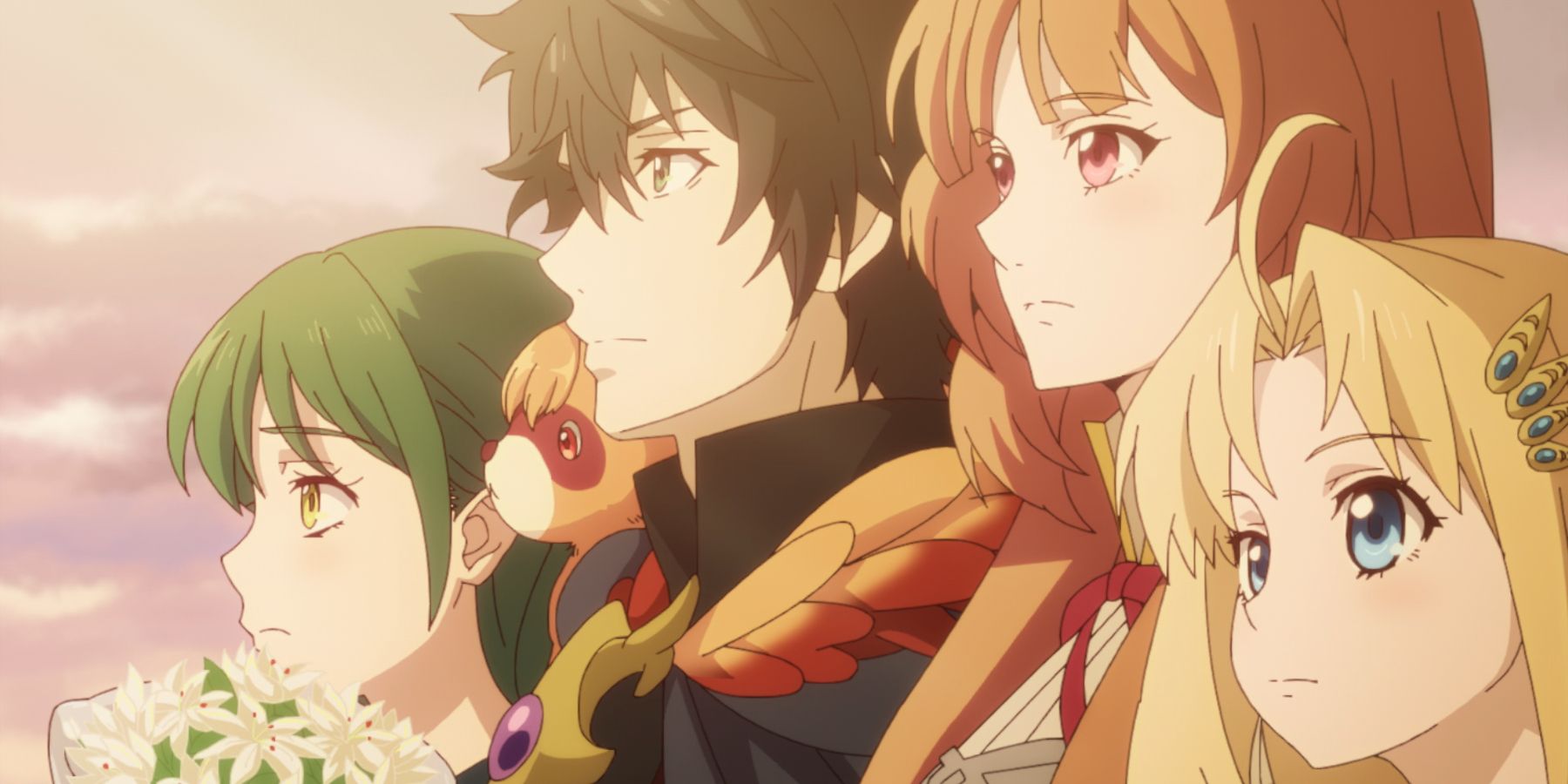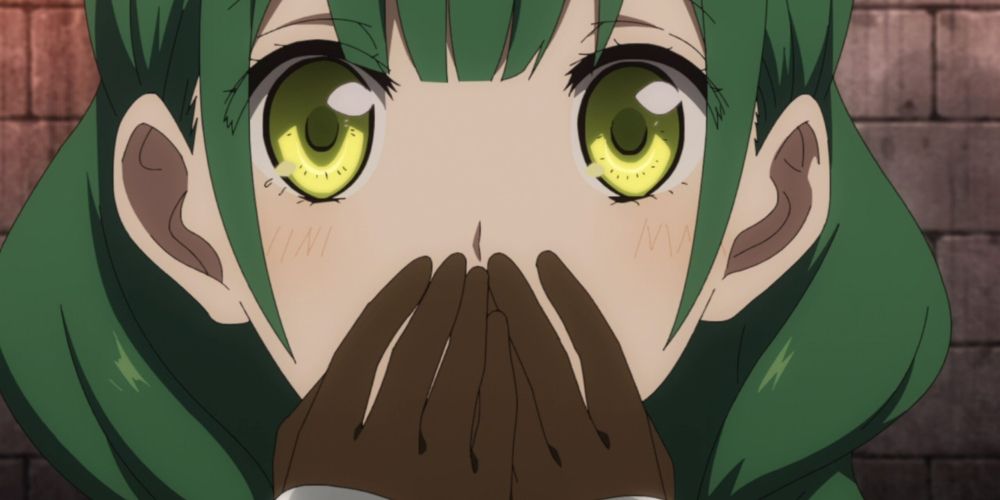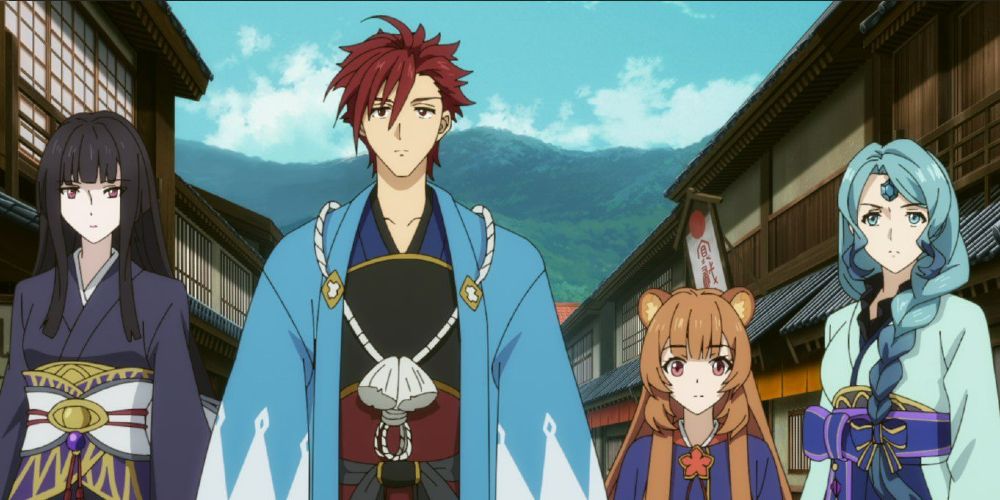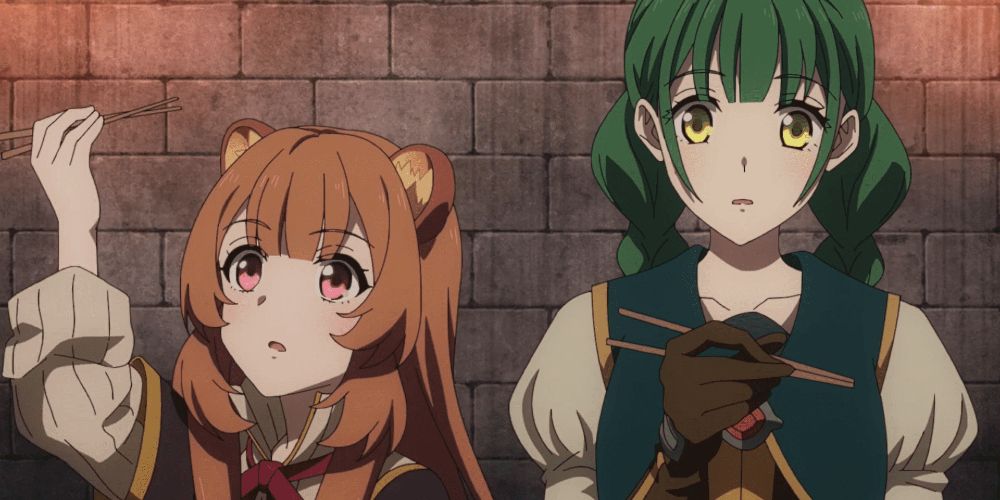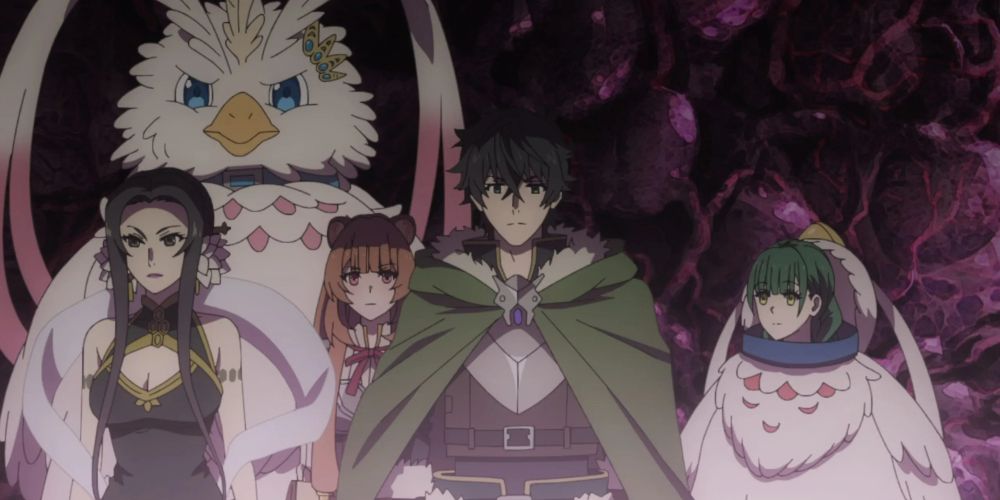So far, at least eleven new isekai anime series have debuted this year, with even more returning series from previous seasons. Many have come and gone without receiving much attention, while some have only been remembered as poor examples. The best ones have either exemplified what works best about the genre or introduced new facets to explore. The first season of The Rising of the Shield Hero did both and fans loved it for those reasons, but what about the second season? Did the second season hold up to the first or flop like the infamous disappointments of previous years?
Spoiler alert: It flopped like a fish on a sunny summer sidewalk, but there will be spoilers below, so any fans who haven’t completed the second season should take that plunge first and then come back. The second season of this series was not a complete disaster, but it didn’t hit like the first season and failed to stand out. The biggest issue with the second season was the pacing, which really squandered the world-building, character development, and plot development efforts.
Key Plot Points
First, let’s cover some key points of this season. Picking up where the previous season left off, this season begins with the campaign to defeat the spirit tortoise. A new character is introduced in the form of the Tortoise’s spirit familiar, Ost Horai, who takes on a human appearance and helps the heroes with killing the spirit tortoise, even using Naofumi’s shield to land the final blow after revealing that she is actually an embodiment of the spirit tortoise’s soul.
Kyo Ethnina, the book vassal weapon holder, is introduced as a new villain and the one who has been controlling the spirit tortoise during its rampage. He serves as the main antagonist for the whole season and causes somewhat aimless mischief before summoning a giant wave of his own in the season’s climax. He’s a rather empty villain without any profound reasons for wanting to be bad. Naofumi almost gives in to his rage and the darkness of the rage shield before being reminded of his happiness with his comrades and destroying Kyo with a beam of good-heartedness.
After Naofumi’s first encounter with Kyo, he follows after him into a portal but ends up being teleported to the world that L’Arc and the other vassal heroes came from. In this world, Naofumi’s party gets separated and spends some time trying to reunite. Viewers are also introduced to a medley of new vassal weapon holders, cardinal heroes, and tertiary characters with their own thin motivations for getting in the way. Speaking of new vassal weapon holders, Raphtalia becomes the katana weapon hero.
World Building
Half of this season takes place during the battle with the spirit tortoise and the other half takes place in a completely new world. Most of the new locations are kingdoms or towns in this world that L’arc, Glass, and their vassal weapon ally came from. Some other locations are also introduced, but only briefly explored. When it comes to isekai series, world-building is one of the most important components, considering much of the focus is on the world the protagonist has to come to terms with.
So, it’s great to see an effort to develop the world more from the first season, but there were too many new characters introduced, too many new places introduced, and too little time spent developing each of these new places. Maybe it wouldn’t be as bad to have as many new places if enough time was spent in these places, and they were unique or interesting enough to serve as an engaging background to this season’s conflicts.
Character Development
Like the world-building, it’s easy to see that effort was put into character development this season, but it still felt very underwhelming. This season most of the characters didn’t grow and the ones that did grow did so too quickly. Rishia and Raphtalia were two big focuses this season, but their development felt pretty sloppy. In the first season, Rishia was a powerless, cowardly person with a one-sided adoration for the bow hero.
This season, she became a strong, confident, and reliable party member whose presence made a real difference. The only issue is that this transformation happened very quickly without much build-up. Whereas Raphtalia’s arc this season was still focused too heavily on her wanting to reliably protect Naofumi and receive his romantic affection. She became the katana weapon vassal holder, but this huge development was an underwhelming moment and didn’t make much of a difference for her power or personal character afterward.
Ost Horai had some of the most interesting internal dilemmas and development this season, but she was only in it for less than half, and she wasn’t really necessary, to begin with. The revelation that she was the spirit tortoise’s soul would’ve been more compelling if she had been in the series for longer or formed a deeper connection with the other characters.
Pacing
All the issues this season can be traced back to the pacing. The first half of the season felt like it was dragging along too slowly, with not enough significant or uniquely interesting events. The second half of the season felt much more lively but also felt as if it was moving too quickly and too much was squeezed into too little time. Seeing the fighting in the second season, seeing new characters, and seeing new worlds felt refreshing, but nothing was given the chance to breathe. It’s no surprise that the pacing proved to be this season’s downfall considering the first season was almost twice as long and this season adapted one less volume in half the number of episodes.
Ultimately, The Rising of the Shield Hero has followed suit with many underwhelming second seasons viewers have seen before. If the first season had never existed, this series may have been overlooked by many and disappeared in the crowd of isekai titles. It’s worth noting that fans who enjoy most isekai series will probably find something of worth, but other viewers won’t be impressed. The second season doesn’t compare to the dreadful second seasons of The Promised Neverland or Tokyo Ghoul, but it can surely be tossed on a shelf to be forgotten and collect dust.

